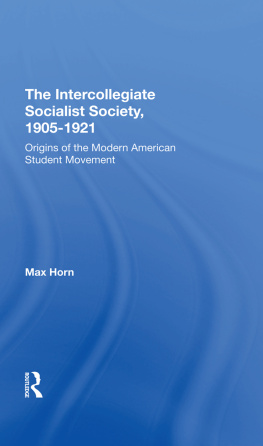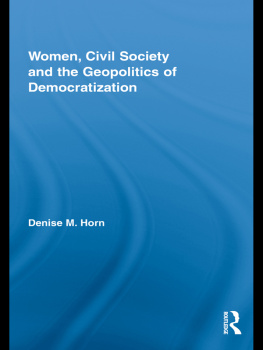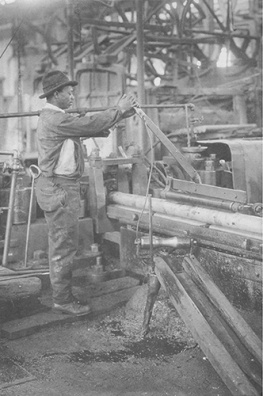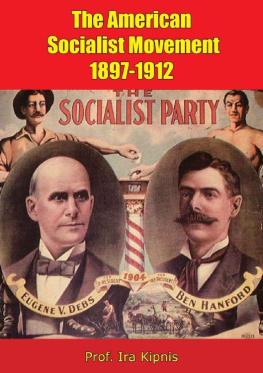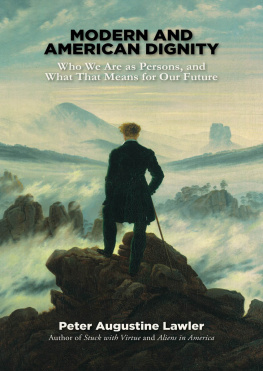The Intercollegiate Socialist Society, 19051921
Westview Replica Editions
This book is a Westview Replica Edition. The concept of Replica Editions is a response to the crisis in academic and informational publishing. Library budgets for books have been severely curtailed; economic pressures on the university presses and the few private publishing companies primarily interested in scholarly manuscripts have severely limited the capacity of the industry to properly serve the academic and research communities. Many manuscripts dealing with important subjects, often representing the highest level of scholarship, are today not economically viable publishing projects. Or, if they are accepted for publication, they are often subject to lead times ranging from one to three years. Scholars are understandably frustrated when they realize that their first-class research cannot be published within a reasonable time frame, if at all.
Westview Replica Editions are our practical solution to the problem. The concept is simple. We accept a manuscript in camera-ready form and move it immediately into the production process. The responsibility for textual and copy editing lies with the author or sponsoring organization. If necessary we will advise the author on proper preparation of footnotes and bibliography. We prefer that the manuscript be typed according to our specifications, though it may be acceptable as typed for a dissertation or prepared in some other clearly organized and readable way. The end result is a book produced by lithography and bound in hard covers. Initial edition sizes range from 400 to 600 copies, and a number of recent Replicas are already in second printings. We include among West-view Replica Editions only works of outstanding scholarly quality or of great informational value, and we will continue to exercise our usual editorial standards and quality control.
The Intercollegiate Socialist Society, 19051921: Origins of the Modern American Student Movement
Max Horn
The Intercollegiate Socialist Societyprototype of the modern American student movement and the ancestor of Students for a Democratic Society (SDS)was the first nationally organized student group that had a distinct political and ideological orientation. Its social and economic concerns, among them the labor and womens suffrage movements, encompassed most of the issues agitating a rapidly changing society during the first two decades of this century. The ISS started a tradition of student political awareness and protest that has persisted to our day. For more than 15 years, it provided a forum for a group of gifted young men and women who, then and later, exercised influence far out of proportion to their numbers.
This first full-scale study of the ISS follows the society from its birth in 1905 to its decline during World War I and the postwar period. Relying largely on original sources, Horn examines the structure, ideology, program, and tactics of the ISS and assesses its impact on students, faculty, and college administrators.
Max Horn is special assistant to the president, Bronx Community College, City University of New York.
First published 1979 by Westview Press
Published 2019 by Routledge
52 Vanderbilt Avenue, New York, NY 10017
2 Park Square, Milton Park, Abingdon, Oxon OX14 4RN
Routledge is an imprint of the Taylor & Francis Group, an informa business
Copyright 1979 Taylor & Francis
All rights reserved. No part of this book may be reprinted or reproduced or utilised in any form or by any electronic, mechanical, or other means, now known or hereafter invented, including photocopying and recording, or in any information storage or retrieval system, without permission in writing from the publishers.
Notice:
Product or corporate names may be trademarks or registered trademarks, and are used only for identification and explanation without intent to infringe.
Library of Congress Catalog Card Number: 79-7404
ISBN 13: 978-0-367-29311-6 (hbk)
In the fall of 1965, the Students for a Democratic Society (SDS) parted company with the League for Industrial Democracy (LID), its parent organization. This marked the end of a relationship that, under various names, had endured for more than forty years. For SDS, the dominant student movement of the sixties, did not arise in a vacuum; its distant ancestor was an earlier student organization, the Intercollegiate Socialist Society (ISS), which was founded in 1905 by a group of middle-class and upper-class socialists and assorted reformers. In 1921 the ISS reorganized and became the League for Industrial Democracy; the student arm of that organization was known for many years as the Student League for Industrial Democracy (SLID). Like the ISS before it, SLID was also dependent upon adult sponsorship for financial and administrative support, and SLID remained dependent upon that support after its executive committee voted in 1959 to change its name to SDS. Six years later SDS thought it was ready to stand on its own feet, split with the league, and embarked upon its brief but stormy career as an independent student movement.
This study of the Intercollegiate Socialist Society attempts to trace the origin and growth of the society from its birth in 1905 to its Recline during World War I and its ultimate transformation in 1921; to examine its structure, ideology, program, and tactics; and to assess its impact on students, faculty, and college administrators. The ISSthe prototype of the modern American student movementwas the first nationally organized student group that had a distinct political and ideological orientation. Unlike most other contemporary student movements, the ISS was not a single-issue organization. Quite the contrary, its social concerns encompassed most of the issues agitating a rapidly changing society during the first two decades of this century.
The ISS arose and reached maturity in the first years of the Progressive era, a period of soaring optimism and often extravagant faith in the power of men to shape and control social institutions. It was a period marked by the growth of various radical and reform movements, and in this fertile soil the Socialist Party of America grew and prospered. Far more influential than the doctrinaire Socialist Labor Party dominated by Daniel De Leon, the Socialist party was heir to the radical traditions of the preceding quarter century and more. In its ranks were orthodox Marxists as well as those having reformist or revisionist tendencies; Christian socialists and Wobblies; former members of Bellamyite Nationalist clubs; those who at one time had been stirred by Laurence Gron-lunds vision of the cooperative commonwealth; sometime believers in Henry Georges single-tax theory; and former Populists and other exponents of agrarian discontent. In short, the Socialist party was a broad coalition party, resembling in this respect the old political parties. Its heterogeneity made for a lively diversity of views, and though the party had its share of factional fights, it neither desired nor attempted to enforce doctrinal purity. While the ISS considered itself part and parcel of the socialist movement, it took no part in the Socialist partys internal affairs. Party matters were, in fact, rarely discussed in the ISS executive committee or at the societys conventions and conferences. In other words, the societys relations with the Socialist partyand with the American labor movementwere rather complex and at times ambiguous. And since a grasp of these relations is essential to an understanding of the spirit of the ISS, they are woven into the texture of the narrative and examined at various points throughout this book.

